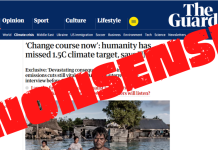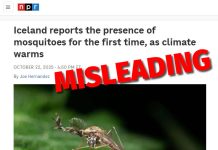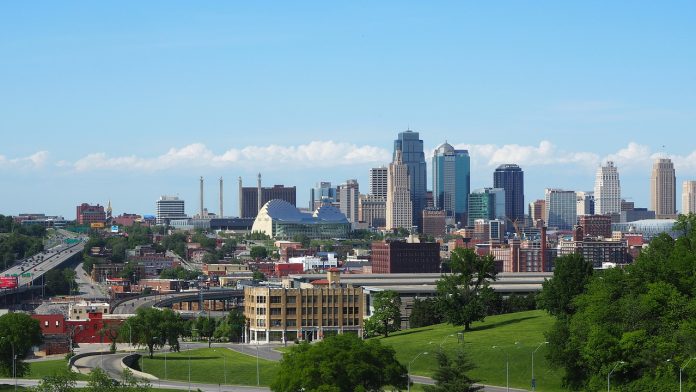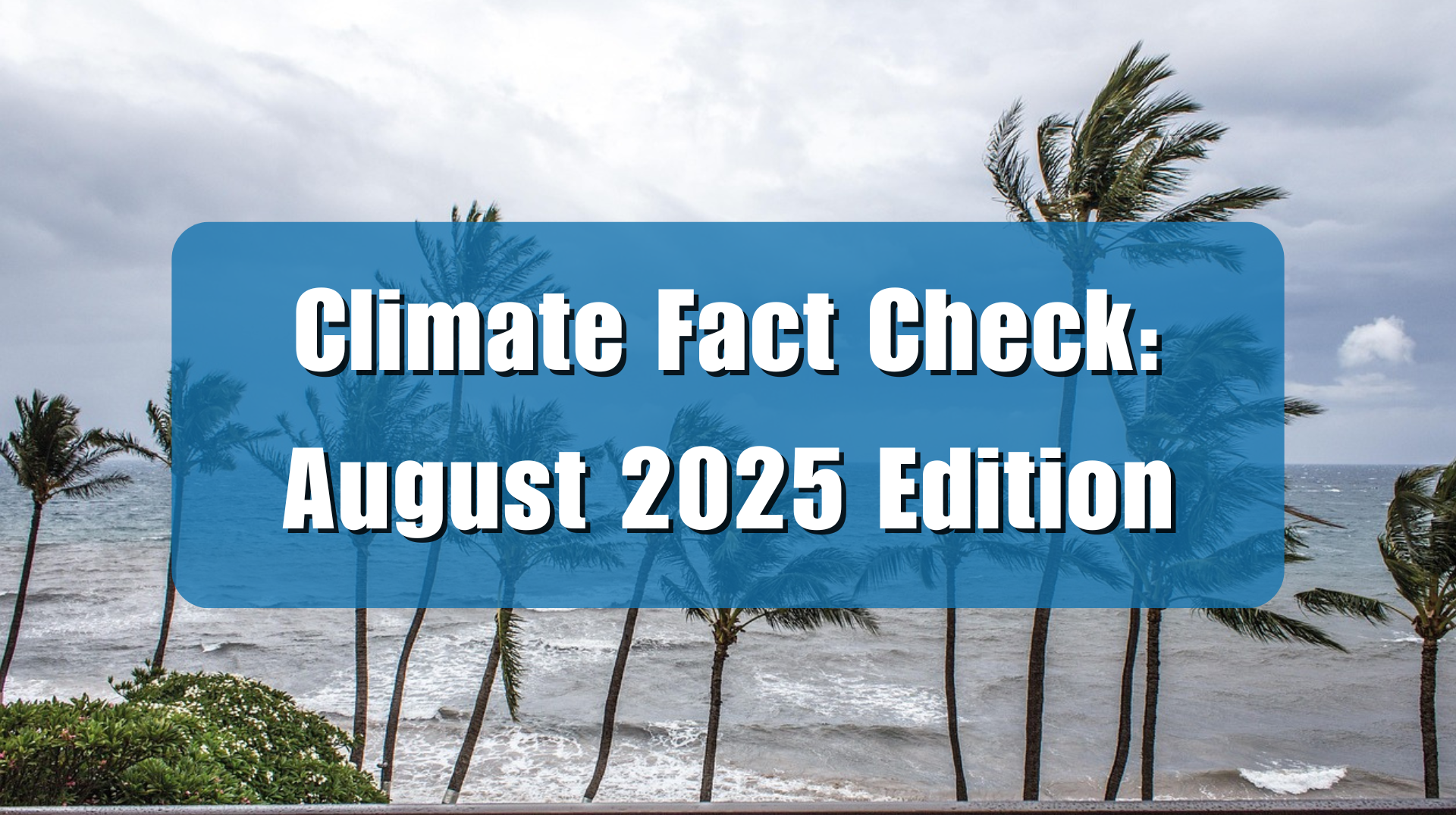The Kansas City Star ran an opinion piece claiming climate change is already making weather more extreme in Kansas and Missouri. This is false. There is no data supporting the claim that either flooding or drought, two specific extreme weather events cited in the story, are worse now than they have been historically. Almost all the records for such events in both states were set nearly a century or more ago, when global average temperatures were cooler.
Joel Mathis, the writer of the Kansas City Star story, “We’re watching the climate change in Kansas and Missouri. Why don’t more of us care?,” opines:
Climate change is already taking a toll on Kansas and Missouri, and not just in the form of wintertime vegetation. Both states are enduring long-running droughts that have challenged the region’s farmers and forced some communities to start hoarding their drinking water. That’s probably just the beginning.
…
Climate change is going to make the extremes more extreme — more intense rain and snowstorms, but also more extended periods of drought. Our big swings will get bigger and more destructive.
But Mathis’ sees an even worse problem, in particular, that the majority of people aren’t that concerned about climate change.
“Last week, Heatmap News reported its new poll found that Midwesterners are ‘consistently blasé about climate change,’” writes Mathis. “Fifty-two percent of folks in our region — a slim majority, but a majority nonetheless — say warming ‘poses little or no risk to their region.’”
The residents of those two states are right to be unconcerned about climate change making their states’ respective weather worse, since historical evidence and data show that neither drought nor flooding amid recent decades of modest warming are worse than they have been historically. Indeed, as Mathis himself notes, Kansas and Missouri are not strangers to droughts, floods, and rapidly changing weather extremes.
“The Midwest is already a ‘high variability’ weather region,” writes Mathis, who discussed this fact with Chuck Rice, a professor of soil microbiology at Kansas State University who served on the United Nations’ Intergovernmental Panel on Climate Change in 2007. “Think about all the times you’ve heard the joke that if you don’t like the weather around here ‘just wait five minutes.’”
Although it is true that parts of Kansas and Missouri are currently suffering from various degrees of drought, it is not a long-term drought, nor is it historically severe. A short-term drought is no evidence of climate change. Droughts in the early and mid-twentieth century, 70 and 90 years of global warming ago, were more prolonged and severe than the droughts experienced in either state since the beginning of the 21st century. Since official record keeping began, Kansas and Missouri both experienced their most sustained droughts in the 1930s, only to both also experience a sustained drought again in the 1950s. Longer term records developed from proxy data show even more severe and sustained droughts, multiple decades long, have not been uncommon throughout the region’s history.

What’s true of drought across Kansas and Missouri is also true of excessive rainfall and flooding. Kansas experienced its worst flood in 1844; Missouri’s largest recorded flood was 1785, with the flood year of 1844 being its second greatest flood. More costly damage has been done by floods in both Missouri and Kansas since then, in 1903, 1951, 1993, 1998, and 2007. But the reason that more people and property were harmed by the more recent floods is not higher rainfall totals or deeper flood waters, but rather purely demographics. More people and development had taken place in the areas flooded than existed in the 19th and early 20th centuries when heavier flooding occurred. Neither recent rainfall totals nor floodwater depth have been greater in the 21st century than in the past.
Neither a single flood event, no matter how severe, nor single instances of drought, no matter how widely covered in the media, are evidence climate change is making weather in Kansas or Missouri worse or less predictable. Only a long-term sustained trend of either or both types of weather events might implicate climate change in weather changes, but there are no such worsening trends for either state. In short, data provide no evidence that climate change is making weather worse in Kansas or Missouri, so residents there are displaying common sense when they downplay the threat of climate change in their lives. The media should follow the public’s lead on this point. Follow the science, Mathis and the Kansas City Star, rather than hyping a false climate alarm narrative.






















Another lamebrain article repeating the mantra of climate change when they should be reporting on real news! Totally blasé is the right response! Everybody in the tornado belt has a storm cellar to take shelter! Nobody living there for any length of time hasn’t been through rain, flood, tornado or blizzard warnings. The land is relatively flat so prone to rapidly moving systems and pressure differentials frequently trigger severe weather! If you don’t like four seasons and rapidly changing weather then move to a calmer place! There I just solved climate change by moving to a change in climate!